BOOK THIS SPACE FOR AD
ARTICLE ADWith popular cryptocurrencies like Bitcoin and Ether swiveling in value over the past few months, many people are looking at so-called stablecoins like Terra to invest in because of their more predictable prices. By definition, Terra is open-source blockchain payment platform like any other, but to maintain equilibrium of its stablecoins, Terra mints and burns tokens. As of April 1, the Terra (LUNA) price is at $100 (roughly Rs. 7,595) and its market cap is just over $35 billion (roughly Rs. 2,65,850 crore).
I am bullish on Terra (LUNA) for 2022, read on to find out why.
Introduction to Terra
Terra is an open-source public blockchain protocol for algorithmic stablecoins. It enables the creation of fiat-pegged stablecoins that can be spent, saved, traded, or exchanged on the Terra blockchain.
Terra offers stablecoins pegged to:
US Dollar (USD) Chinese Yuan (CNY) Japanese Yen (JPY) British Pound Sterling (GBP) South Korean Won (KRW) Euro (EUR) IMF's Special Drawing Rights (SDR)Terra's native token, LUNA, is used to stabilise the price of Terra stablecoins. LUNA is also a governance token as it enables holders to submit and vote on governance proposals.
The Terra economy has two pools — one for Terra stablecoins and one for LUNA.
The price of Terra stablecoins is maintained by the Terra algorithmic market module through Expansion and Contraction.
Expansion
When the price of a Terra stablecoin is high in comparison to the pegged fiat currency it means that the supply is too low and the demand is too high. At this stage, the protocol incentivises the burning of LUNA to mint Terra Stablecoins. This minting increases the supply of Terra stablecoins and balances the supply with the demand.
Users keep minting Terra stablecoins till the stablecoin reaches its target price.
Contraction
When the price of a Terra stablecoin is low in comparison to the pegged fiat currency, it means that the supply is too high and the demand is too low. At this stage, the protocol incentivises the burning of Terra stablecoins to mint LUNA. This minting decreases the supply of Terra stablecoins and balances the supply with the demand.
Users keep burning Terra stablecoins till the stablecoin reaches its target price.
Terra as a DeFi Blockchain
Terra is the second-largest decentralised finance (DeFi) blockchain with 26 active DeFi protocols and a Total Value Locked (TVL) of just over $29 billion (roughly Rs. 2,20,295 crore). The most important DeFi protocols that run on Terra are:
Anchor (ANC) with a TVL of almost $15 billion (roughly Rs. 1,13,955 crore) Lido (LDO) with a TVL of just over $8 billion (roughly Rs. 60,775 crore)Terra (LUNA) valuation
Let's value Terra (LUNA) as a DeFi blockchain.
The relevant metrics are:
Total Value Locked (TVL): $28.15 billion (roughly Rs. 2,13,850 crore)
Circulating Supply (CS): 354,399,415
The valuations are:
| Bearish | (TVL * 1) / CS | $79 (roughly Rs. 6,000) |
| Neutral | (TVL * 3) / CS | $238 (roughly Rs. 18,080) |
| Bullish | (TVL * 4) / CS | $318 (roughly Rs. 24,155) |
Rohas Nagpal is the author of the Future Money Playbook and Chief Blockchain Architect at the Wrapped Asset Project. He is also an amateur boxer and a retired hacker. You can follow him on LinkedIn.
Cryptocurrency is an unregulated digital currency, not a legal tender and subject to market risks. The information provided in the article is not intended to be and does not constitute financial advice, trading advice or any other advice or recommendation of any sort offered or endorsed by NDTV. NDTV shall not be responsible for any loss arising from any investment based on any perceived recommendation, forecast or any other information contained in the article.
.png)
 2 years ago
100
2 years ago
100 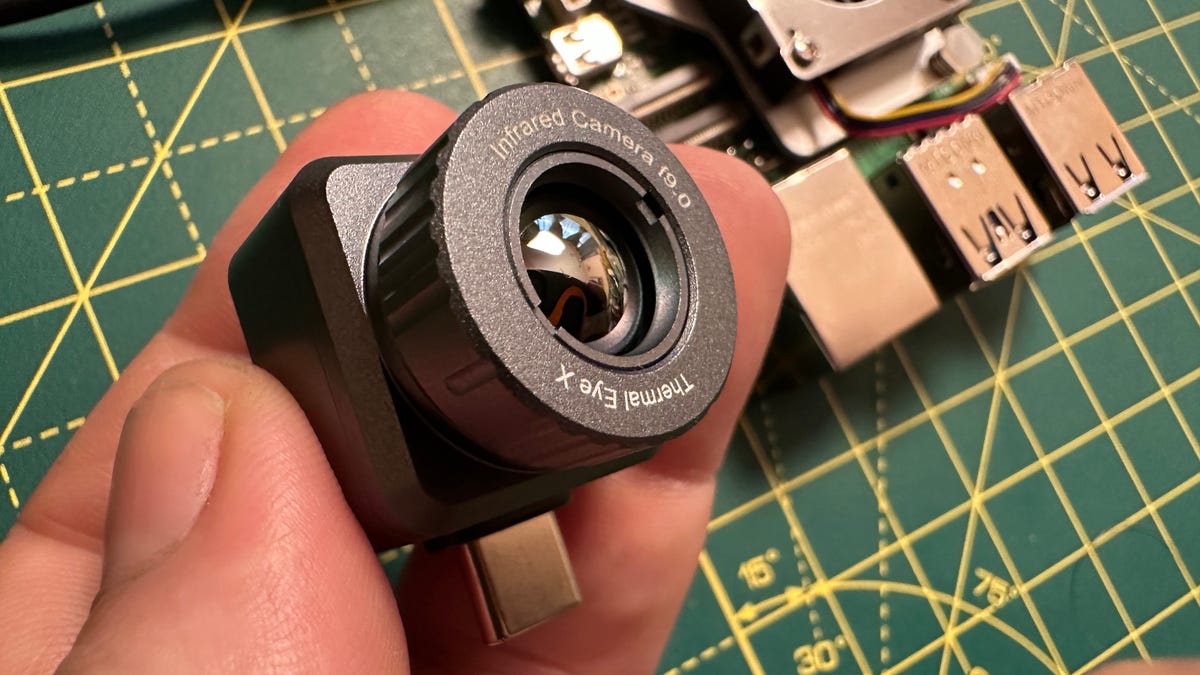
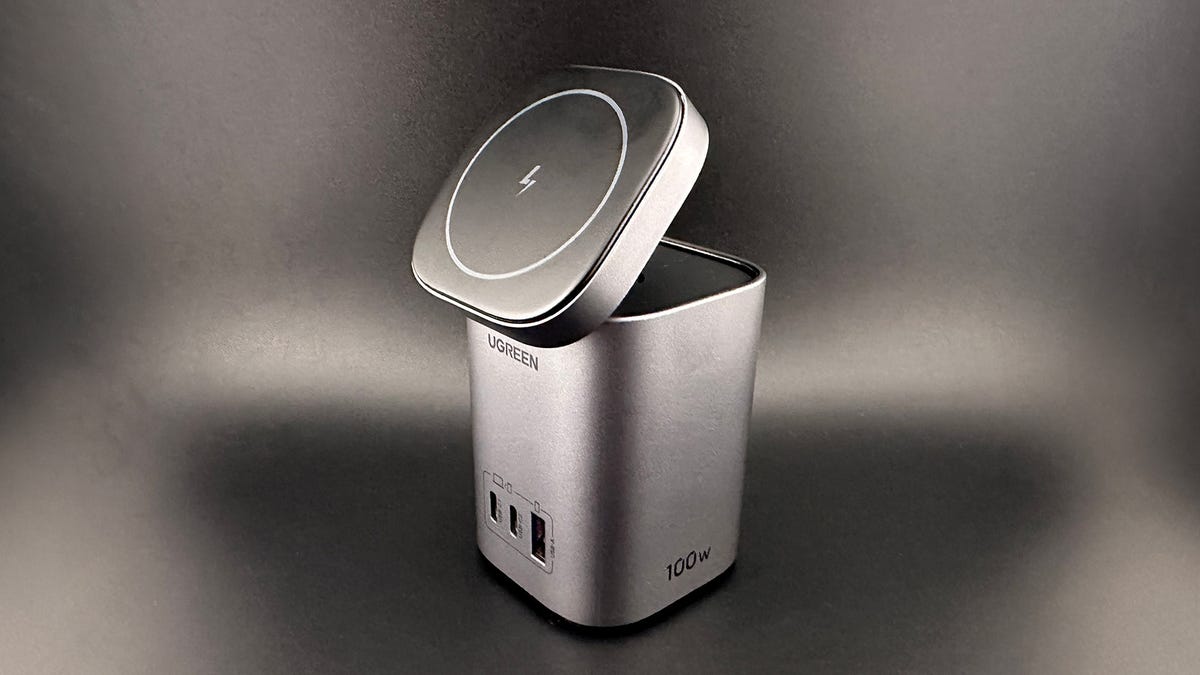
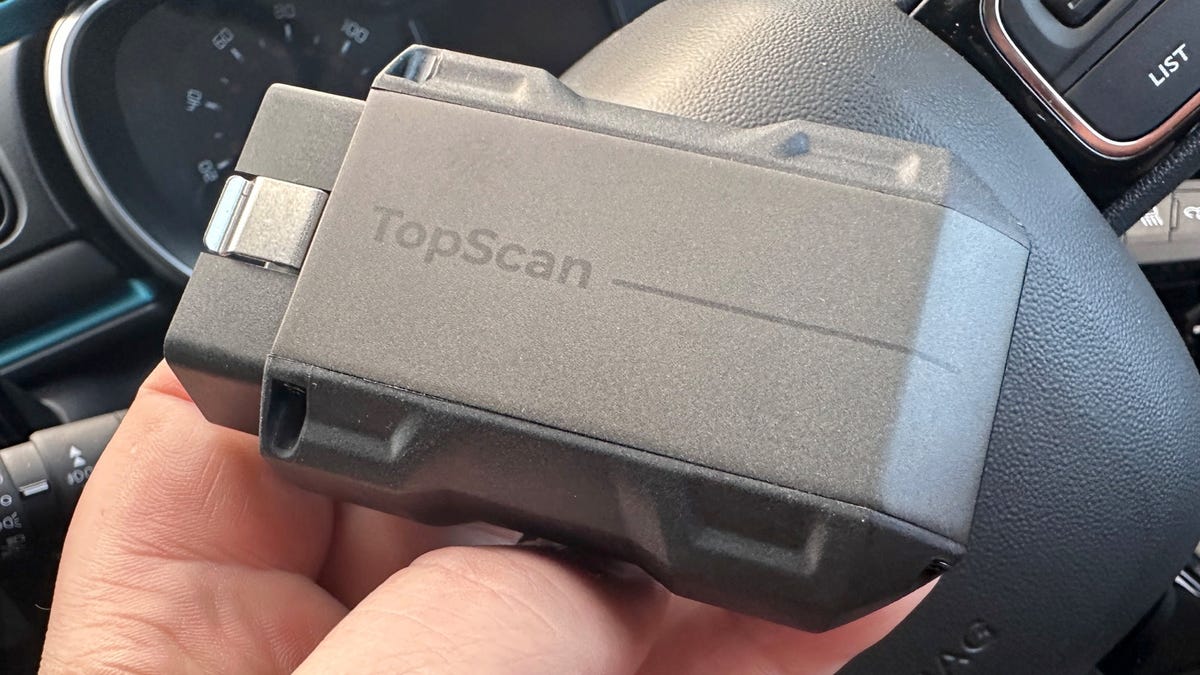
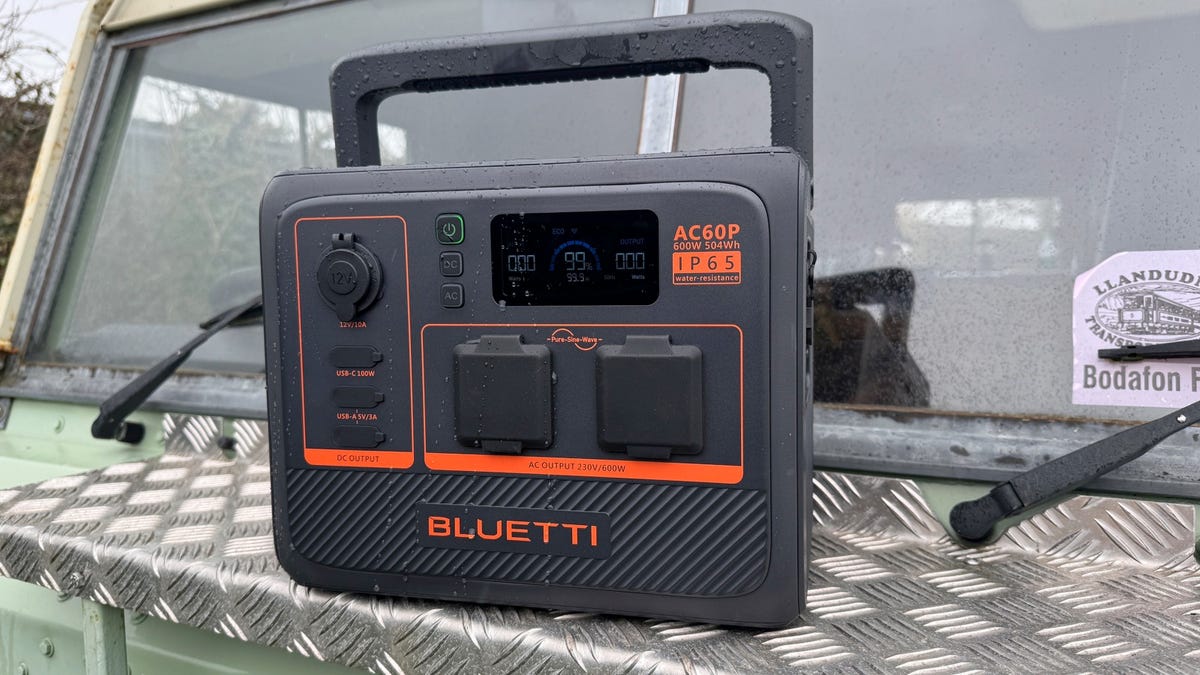
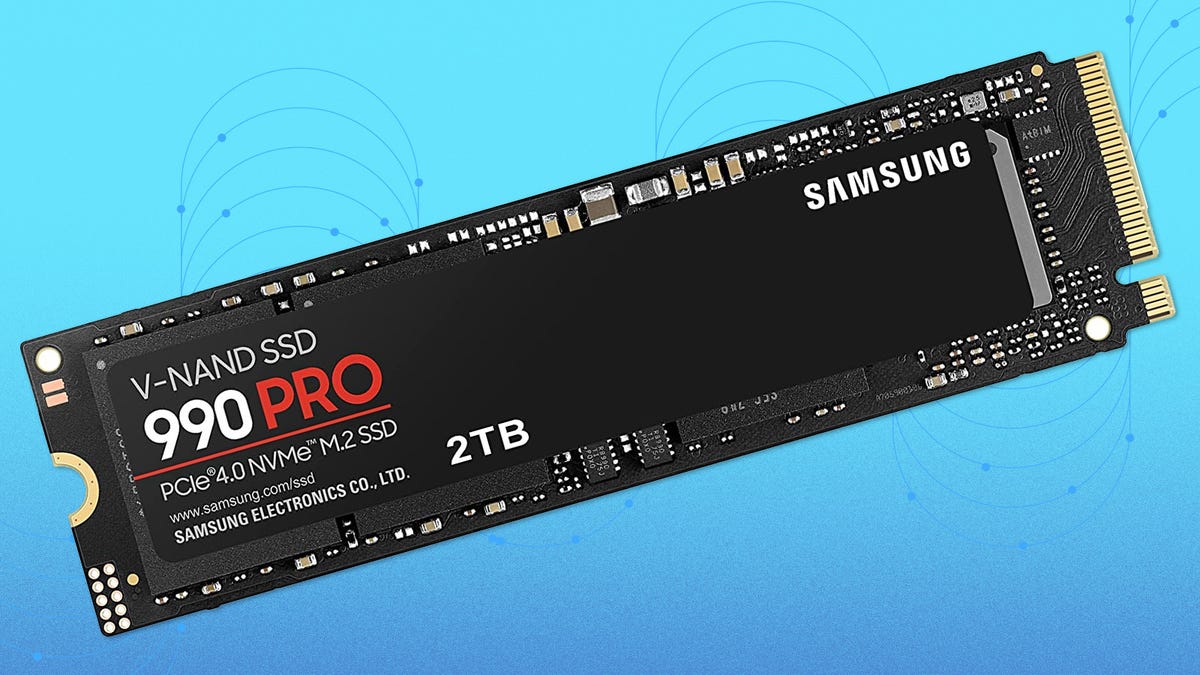
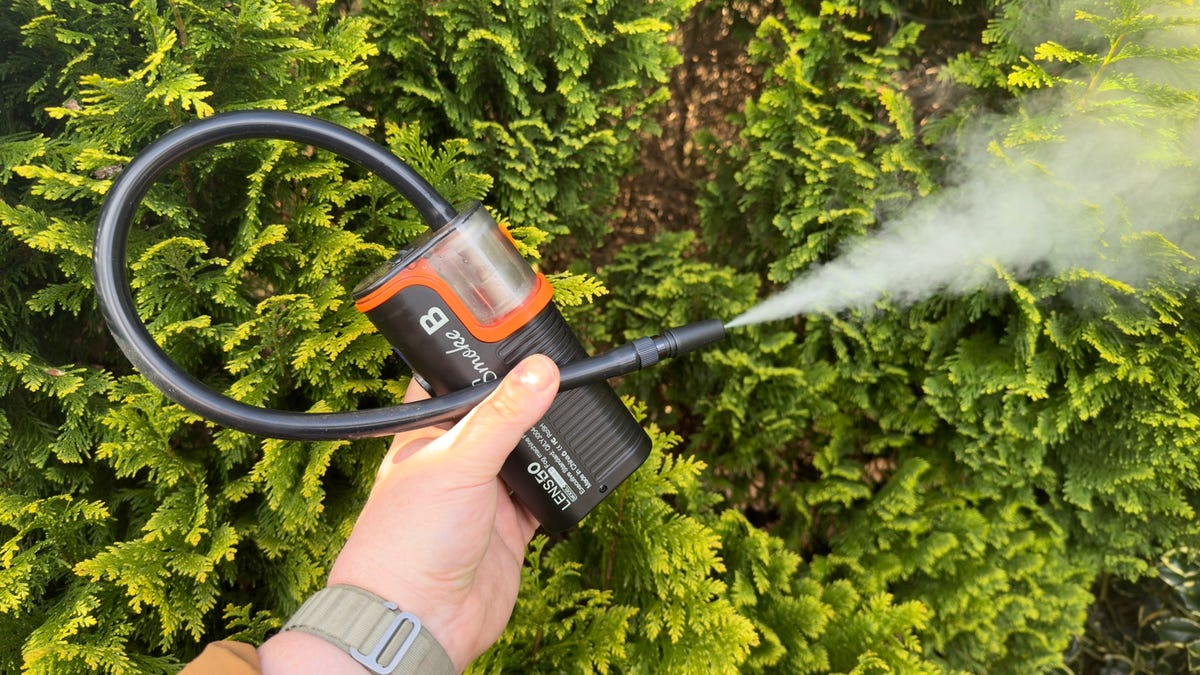









 Bengali (Bangladesh) ·
Bengali (Bangladesh) ·  English (United States) ·
English (United States) ·